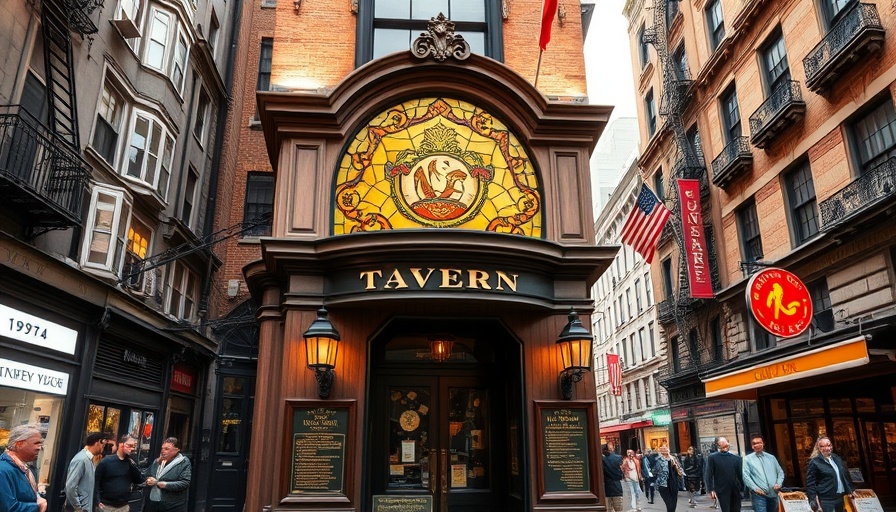
The Birth of an Icon: Carnegie Hall's Foundation
Understanding the story of Carnegie Hall requires taking a step back into the late 19th century. After the Civil War, New York City was on the rise, yet it lacked a concert venue capable of hosting the world’s greatest musical talents. In 1887, industrialist Andrew Carnegie embarked on a fateful journey that would transform the city’s cultural landscape forever.
Creative Collaboration: The Vision Behind Carnegie Hall
On a transatlantic voyage to Scotland, Carnegie met with Walter Damrosch, a conductor who highlighted the need for a grand music hall. Inspired, Carnegie ultimately donated $2 million for the project upon returning to New York. This act of philanthropy not only reflected Carnegie's passion for the arts but also his commitment to public service during the Gilded Age, a period marked by rapid industrial growth and extreme wealth disparity in America.
The Architectural Masterpiece: Design and Significance
The location chosen for Carnegie Hall was strategically vital, set on Seventh Avenue, a then-outer edge of the city, close to Central Park. Architect William B. Tuthill designed the hall in the Italian Renaissance style, ensuring that acoustics were at the forefront of his plans. Tuthill’s expertise became integral to creating a space that is celebrated for its remarkable sound quality, allowing performers and audiences to connect profoundly.
Opening Night: A Cultural Landmark is Born
On May 5, 1891, Carnegie Hall opened its doors with a festival that marked a pivotal moment in New York's cultural history. The event was attended by the city's elite, and the venue was filled to capacity. The inaugural concert, led by Damrosch, included performances of significant works, setting a high standard for the future. This was not merely an opening; it was a declaration of New York City's aspiration to be at the forefront of arts and culture.
A Legacy of Excellence: The Evolution of Carnegie Hall
Since its establishment, Carnegie Hall has hosted a plethora of world-renowned artists across various genres, from classical music legends like Tchaikovsky to modern icons like The Beatles. It has continuously set the benchmark for musical excellence, becoming a sanctuary for both performers and audiences alike. This legacy not only underscores Carnegie's vision but illustrates the evolving narrative of New York City as a global cultural hub.
Conclusion: The Importance of Cultural Venues
Carnegie Hall remains a testament to the power of art and philanthropy. As we reflect on its storied past, it becomes clear that preserving such cultural institutions is vital for fostering societal connections and artistic expression. Engaging with the arts not only enriches our lives but also shapes the cultural identity of our communities.
 Add Row
Add Row  Add Element
Add Element 



Write A Comment